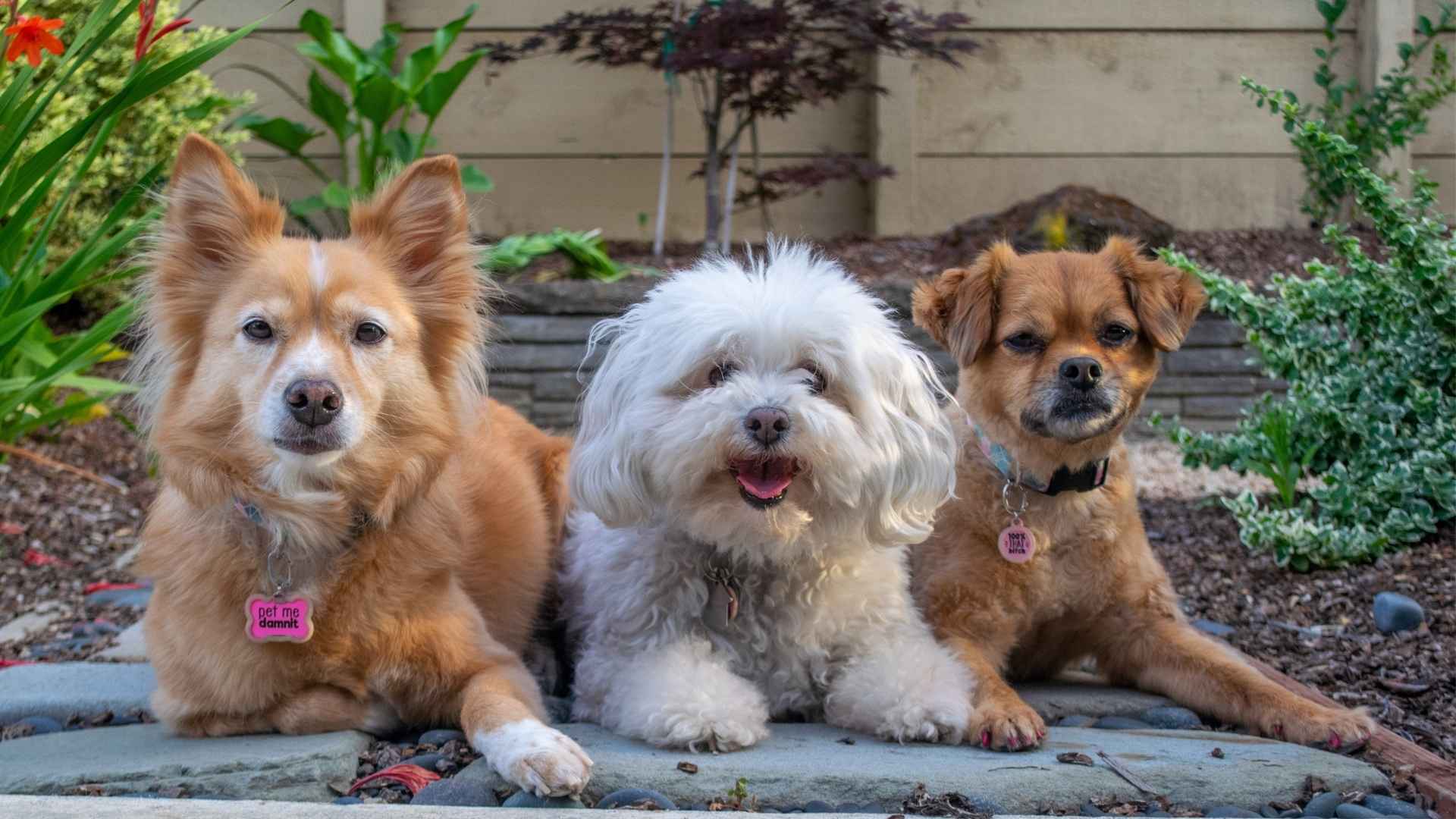There are some dogs that just click with every pup they meet. Whether it’s a trip to the dog park or a surprise encounter on a walk, certain dogs have that social magic. They play nice, share toys, and avoid drama like seasoned pros. But what actually makes a dog “excellent with other dogs”?
It’s not just about wagging tails and sniffy greetings. These social butterflies tend to read canine body language like a pro, respect boundaries, and know when to zoom or chill. That’s not something every dog is born with — it’s a mix of temperament, confidence, and often, a little help from good early socialization.
And let’s be honest — having a dog who gets along with others makes life way easier. Group walks? Doggy playdates? Multi-dog homes? So much smoother. If you’re looking for a pup who’ll thrive in a social setting, you’re in the right place. Let’s meet the dog world’s best four-legged extroverts.
Dog Breeds That Are Excellent with Other Dogs
1. Beagle
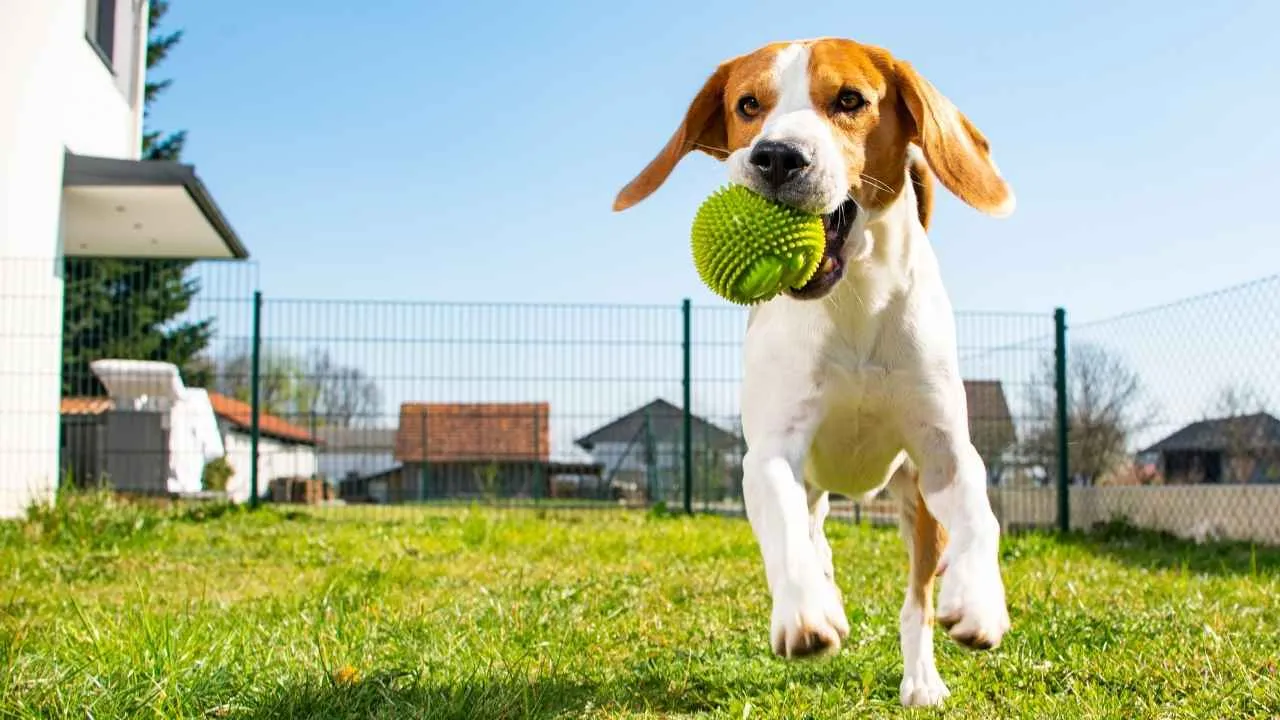
Beagles are basically the social butterflies of the dog world—and it’s not just by chance. Their pack-hunting background shaped them to thrive in group settings. Whether it’s a duo or a whole squad of dogs, Beagles just fit right in. They’re the kind of dogs who were literally bred to get along with others.
One of the biggest reasons Beagles are so good with other dogs? They’re incredibly non-confrontational. You won’t see them trying to dominate or stir the pot. They’d rather chase a scent trail or wrestle with a buddy than argue over toys. Drama? Nah, that’s not their style.
Their playful energy is another huge plus. Beagles love a good romp, and they’ve got stamina for days. Toss them into a group of active pups and they’ll keep up without being pushy. Need a playmate that doesn’t quit halfway through the fun? This is your dog.
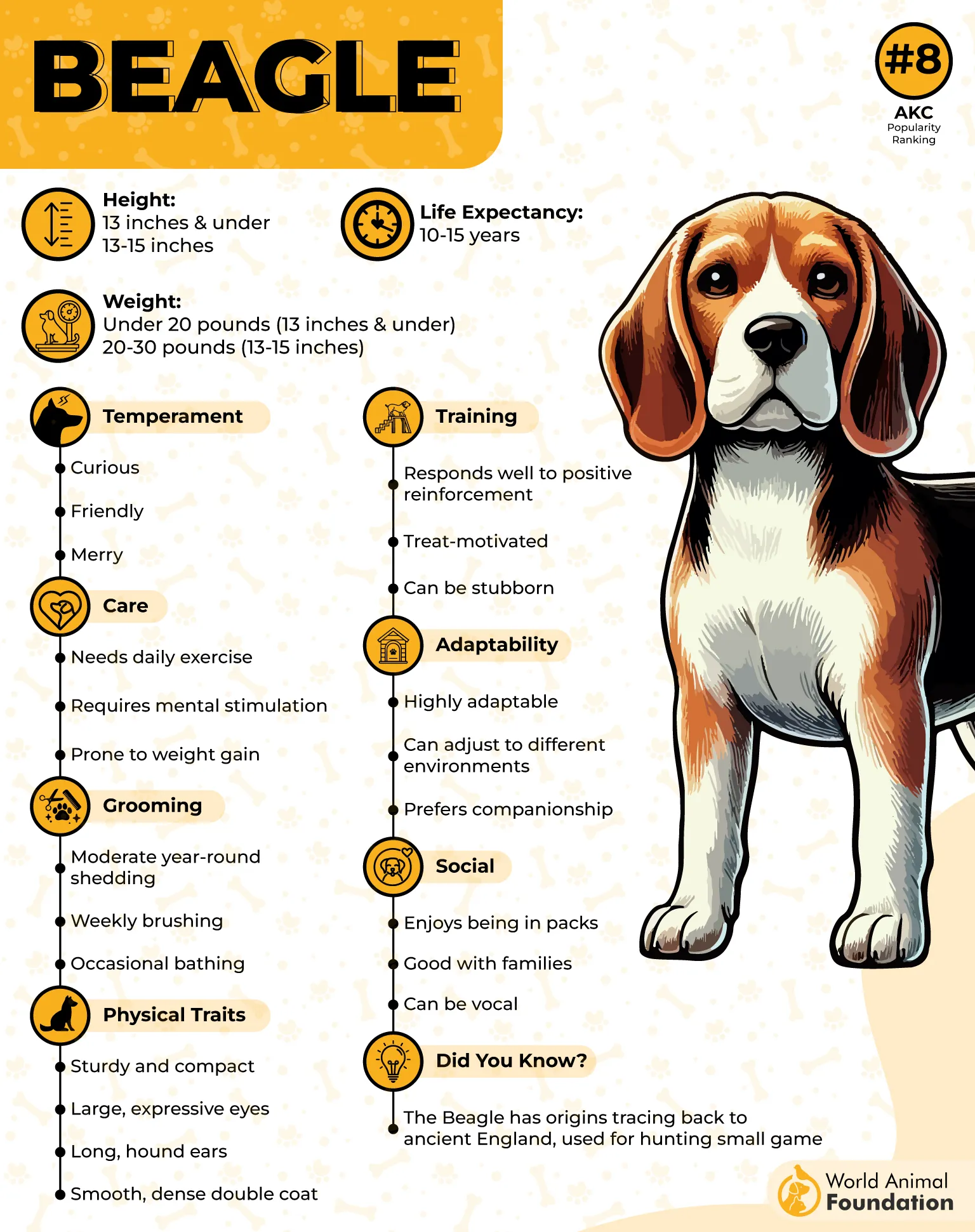
Beagles also have that “puppy-at-heart” vibe, even into adulthood. AKC states that they stay goofy, curious, clever, and lighthearted, which helps them get along with dogs of all ages. Younger pups love them for their energy, while older dogs usually find their friendliness harmless and non-threatening.
Their size helps too. Beagles are compact but not too fragile, so they’re small enough not to intimidate but sturdy enough to hang with large dog breeds. That perfect middle ground makes them great companions for both big and small breeds alike.
Fun fact? Beagles have over 200 million scent receptors—that’s more than twice as many as German Shepherds. So don’t be surprised if they lead group sniffing expeditions in the backyard. It’s like their version of a team-building activity.
2. Golden Retriever
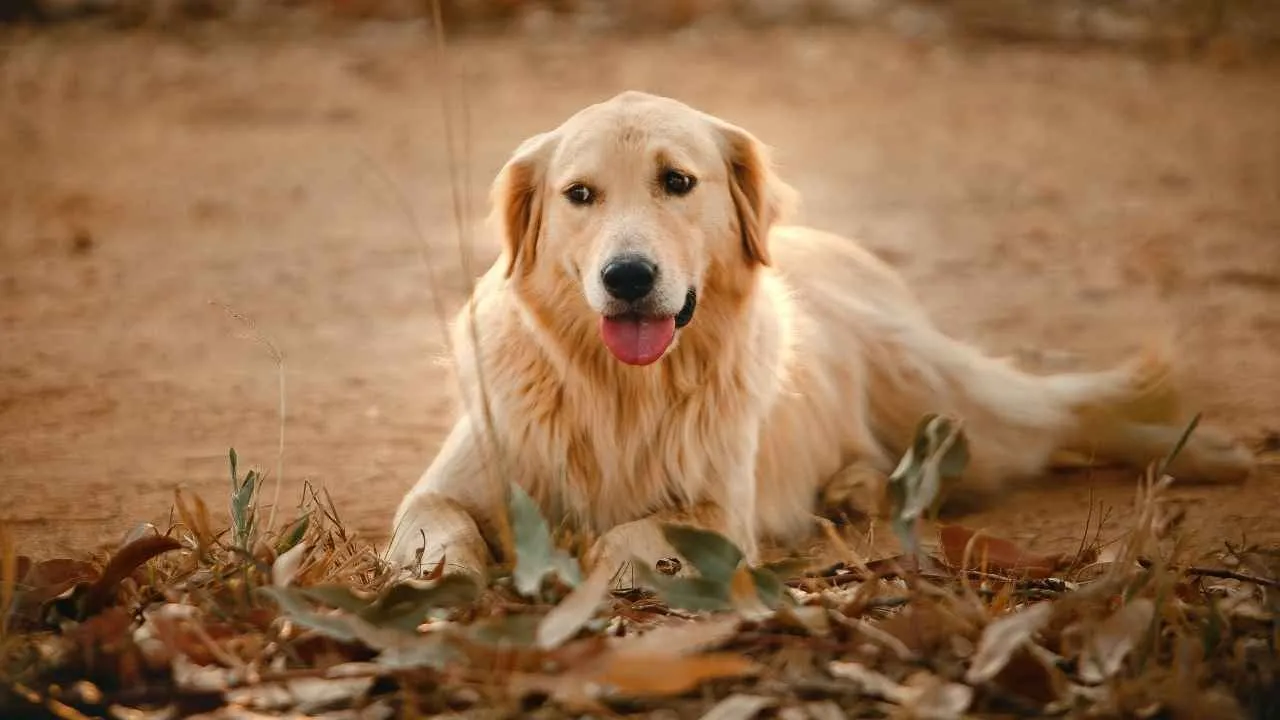
Golden Retrievers are like the therapists of the dog world—gentle, emotionally aware, and always looking to make things feel calm and happy. They don’t just tolerate other dogs—they actually enjoy their company and often step into the role of peacemaker when group play starts to get a little wild.
One thing that really sets Goldens apart is their emotional stability. They rarely get jealous, territorial, or reactive, which makes them super reliable in multi-dog households or busy parks. Their mellow vibe rubs off on other dogs, creating a relaxed atmosphere even in chaotic playgroups.
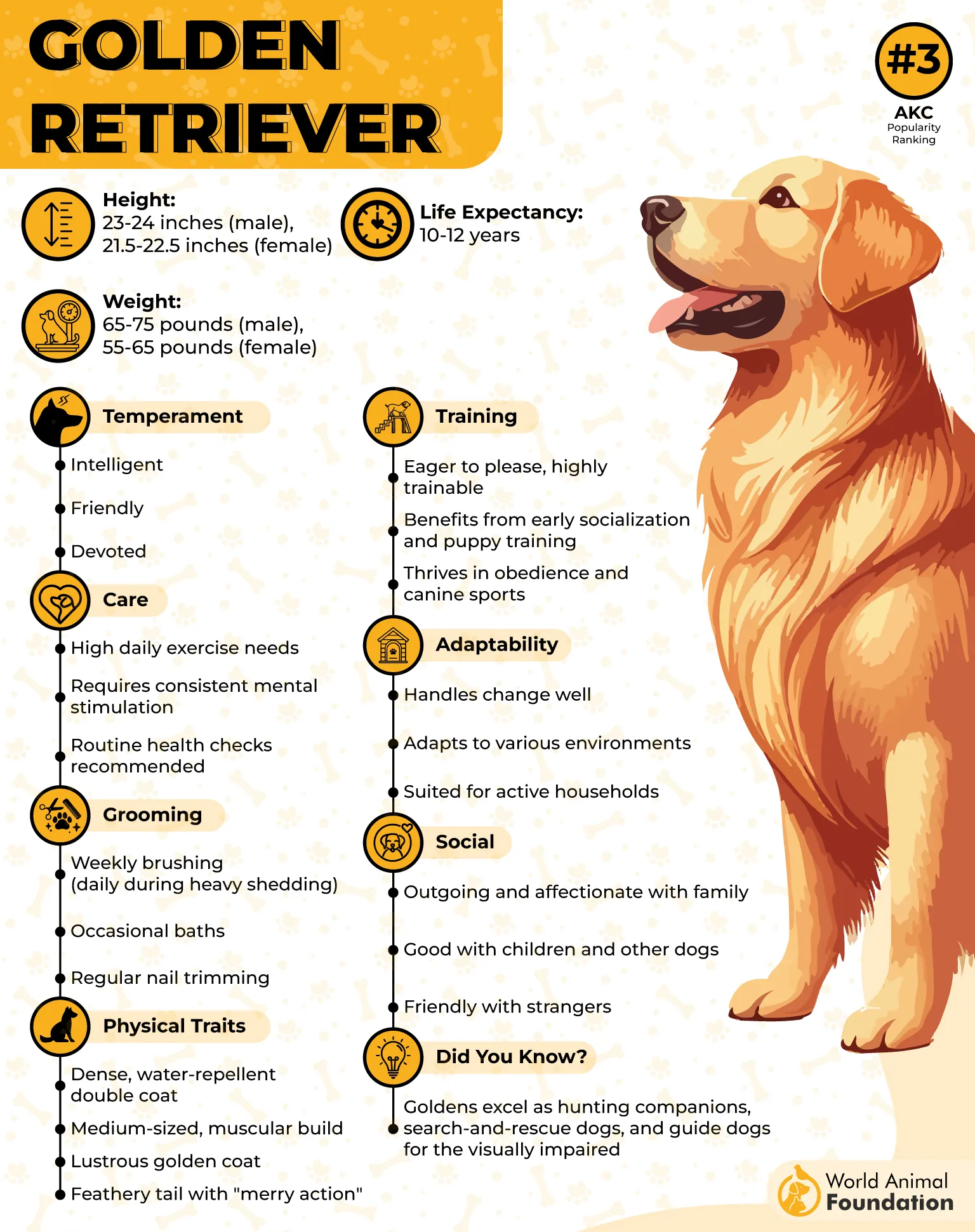
And let’s talk patience. Golden Retrievers have boatloads of it. Whether it’s a hyper puppy tugging at their ears or an older dog that takes forever to warm up, they’re happy to wait it out without getting annoyed. They understand the long game when it comes to friendships.
Unlike some breeds that pick a “favorite” dog and ignore the rest, Goldens spread the love. They tend to engage with all dogs in the group equally. That social fairness makes them ideal for doggy daycares, group hikes, or just keeping the peace between your current pets.
You know what else makes them amazing with other dogs? Their playstyle. Goldens are soft-mouthed (thanks to their history as bird retrievers), which means even during rough-and-tumble play, they rarely get too rough. It’s like having a gentle giant who knows how to play nice and have a playful approach to life, says AKC.
Fun fact? Goldens are one of the few breeds often used to raise guide dog puppies and other service dogs. Why? Because they’re ridiculously tolerant and stable, even when surrounded by high-energy dogs. That’s not just good breeding—it’s pure golden magic.
3. Labrador Retriever

Labs don’t just get along with other dogs—they bring dogs together. It’s like they carry this invisible “let’s be friends” banner wherever they go. Their goofy, open-hearted nature makes them instantly likable, especially in dog parks and multi-dog households.
PetMD states that they’re known for being incredibly tolerant, but what makes that special is how physically resilient they are during play. Labs can handle a lot of bumping, wrestling, and energetic chasing without overreacting. This makes them especially great for high-energy breeds that need a rough-and-tumble buddy.
Labs also have a strong desire to please, not just humans, but their furry friends too. You’ll often see them checking in on other dogs during play, offering toys, or initiating gentle interactions. They’re the kind of dogs that play referee without even knowing it.
And let’s not forget how quick they are to forgive. If another dog gets snappy or pushy, most Labs will just shake it off and move on. No grudges, no sulking. It’s like they’ve got a built-in “let it go” button. Isn’t that kind of emotional flexibility rare—and awesome?
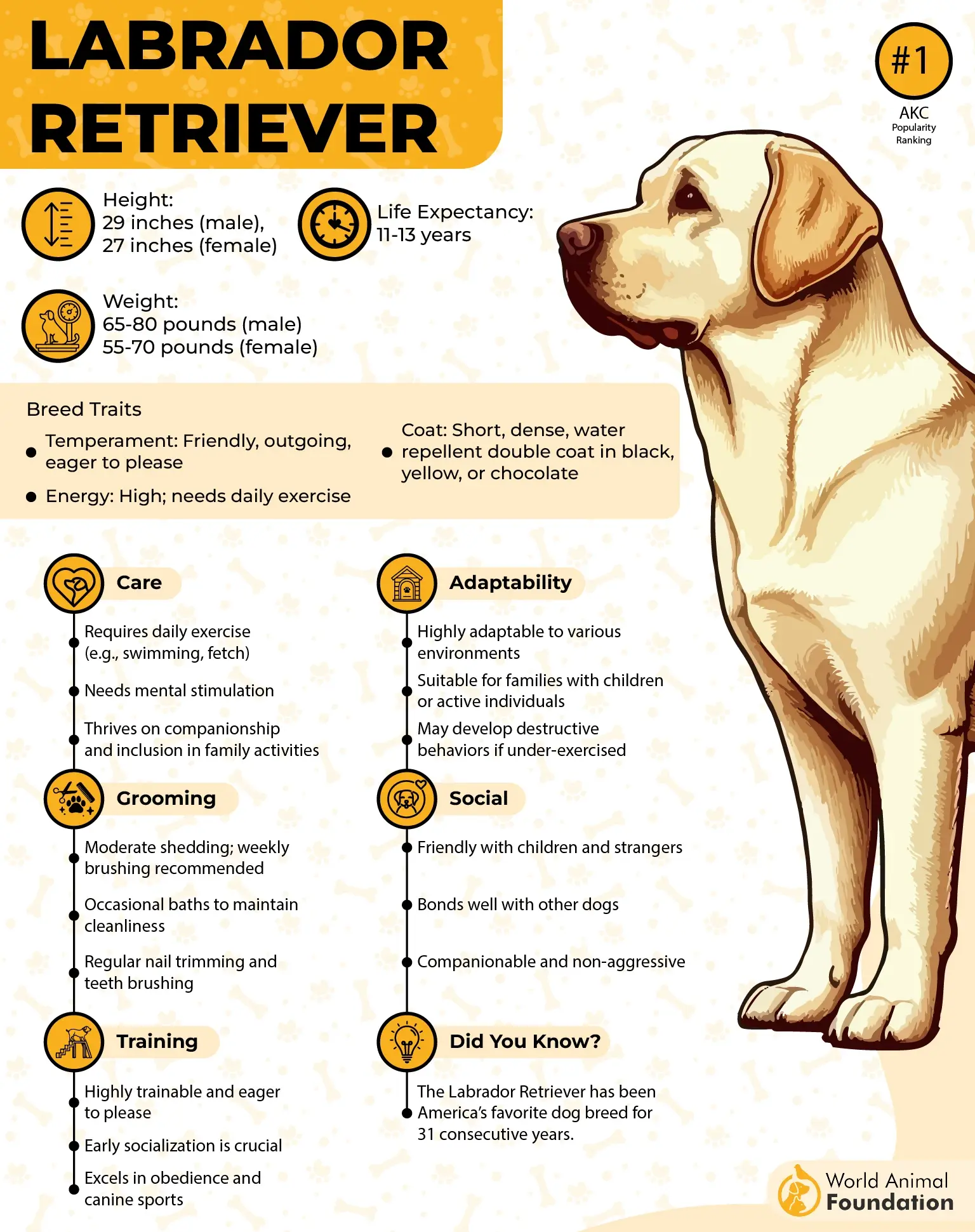
Their early exposure to different environments plays a big role here too. Labs are often raised in hunting or sporting homes, where they’re surrounded by other dogs. This gives them a sort of built-in social education. It’s not just instinct—it’s lived experience.
Fun fact? Labrador Retriever is the most popular dog breed in the U.S. for a reason—and it’s not just the loyalty or looks. Their ability to get along with almost any dog makes them a top pick for therapy work, service tasks, and family life. They’re basically the all-access pass to a drama-free dog life.
4. Cocker Spaniel
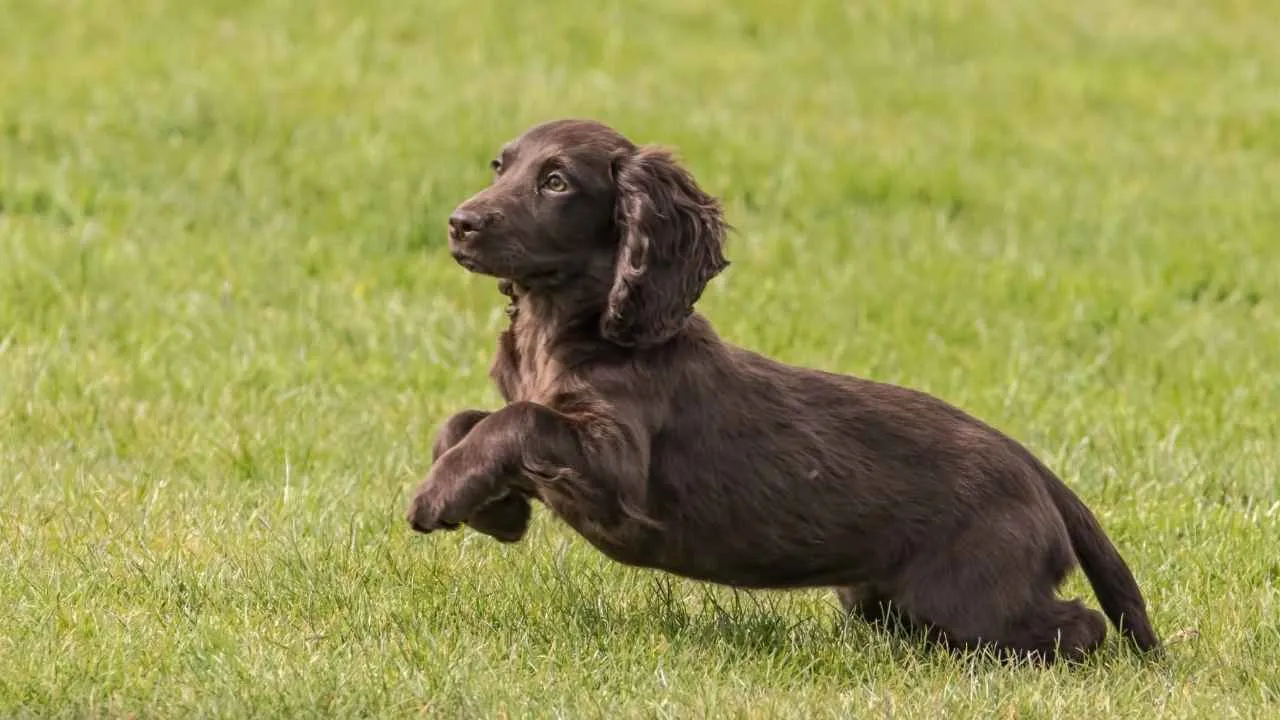
Cocker Spaniels are total charmers—gentle, affectionate, and full of soft energy that puts other dogs at ease. They’re not the type to charge into a crowd; instead, they slide into group dynamics like they’ve been part of the crew forever. It’s subtle, but it works like magic.
They’ve got this kind of emotional sensitivity that helps them read the room (or the yard) like a pro. If a dog’s feeling nervous, the Cocker usually picks up on it and responds with a calm, friendly approach. That emotional awareness makes them great companions for anxious or reactive pups.
Unlike more dominant breeds, Cocker Spaniels tend to play the role of sidekick rather than leader, and honestly, that’s a gift in group settings. They’re totally content letting other dogs take the lead, which reduces tension and makes interactions smoother.
Their moderate energy level is another big win. PDSA states that they’re lively enough to enjoy a play session but not so intense that they overwhelm quieter dog breeds. You’ll often see them happily bouncing around a group without causing chaos. They’re the friend who knows when to bring the party and when to chill.
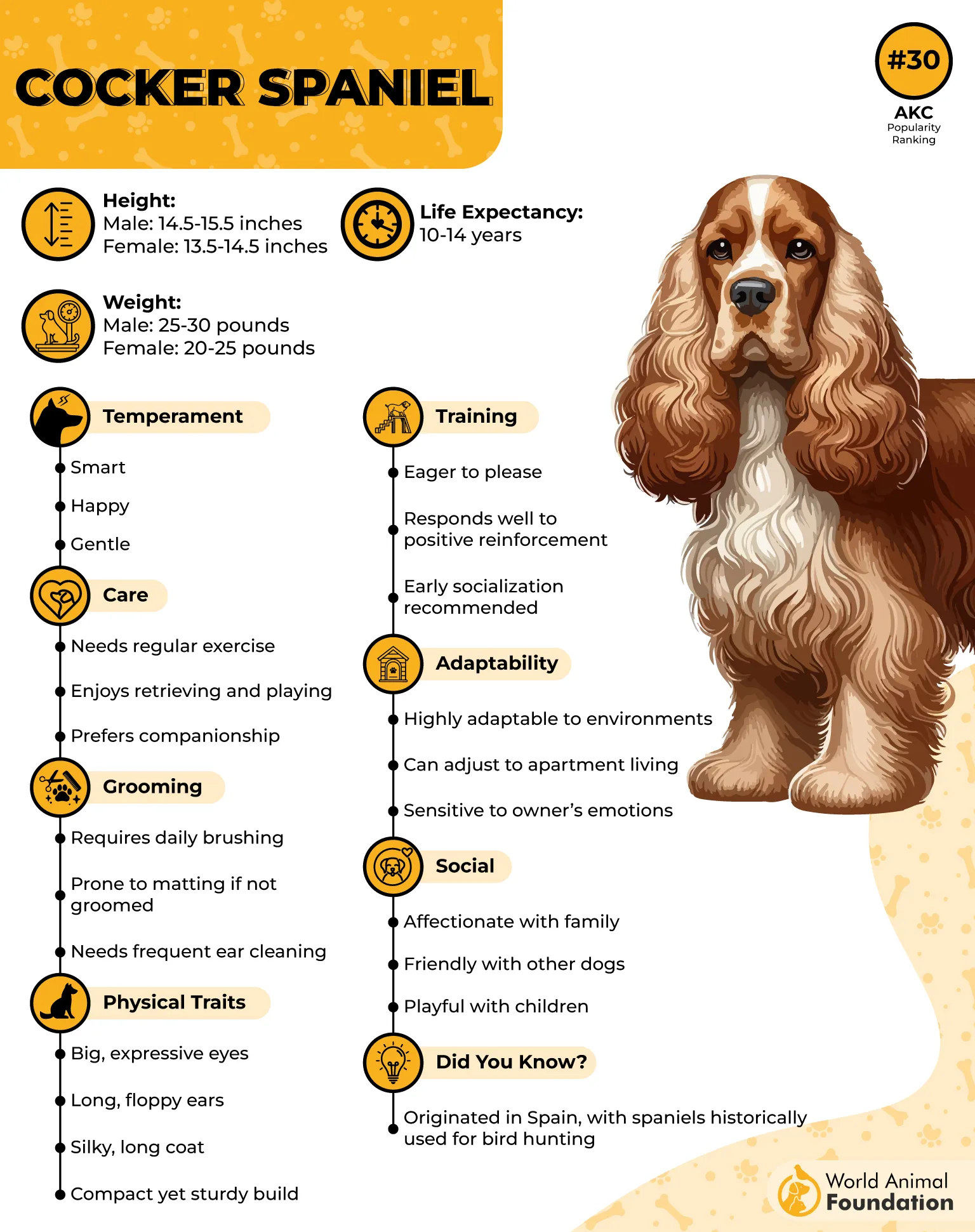
Grooming needs aside, their soft, velvety appearance actually works in their favor during doggy interactions. Some dogs—especially smaller or gentler ones—respond better to a dog that looks less “tough” or intimidating. Cocker Spaniels come off as friendly before they even open their mouths (or wag their tails). Cockers are also very human-oriented, which surprisingly helps in group dog settings.
Fun fact? In the UK, the working-line Cocker Spaniel is known for its “happy tail”—it never stops wagging. That constant friendliness isn’t just for show—it’s an honest signal to other dogs that this little Spaniel is here to play, not to start anything.
5. Basset Hound
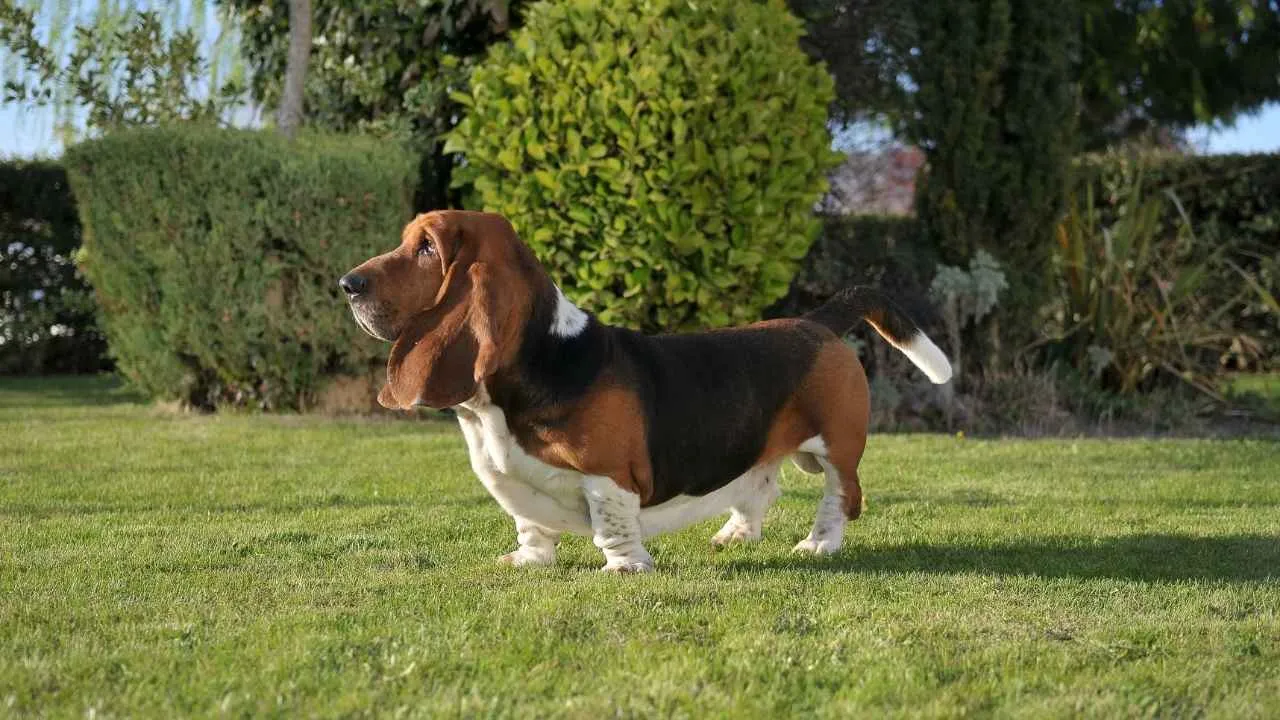
Basset Hounds might not be the first breed that comes to mind when you think “social butterfly,” but don’t let those droopy eyes fool you. These mellow charmers are incredibly chill with other dogs—almost too chill, honestly. According to Purina, their calm nature helps them slide effortlessly into multi-dog homes without stirring the pot.
They’re not big on drama. Bassets rarely get territorial or jealous, which makes them awesome roommates for more high-maintenance pups. They’re the type to shrug off a stolen toy or let someone else take the lead on walks. Basset is a dog that just vibes through life.
Because they’re so unbothered, they tend to have a soothing effect on more anxious or hyper dogs. Think of them as emotional support dogs for other dogs. They don’t snap under pressure, and their slow pace and low-key energy help create a balanced pack dynamic.
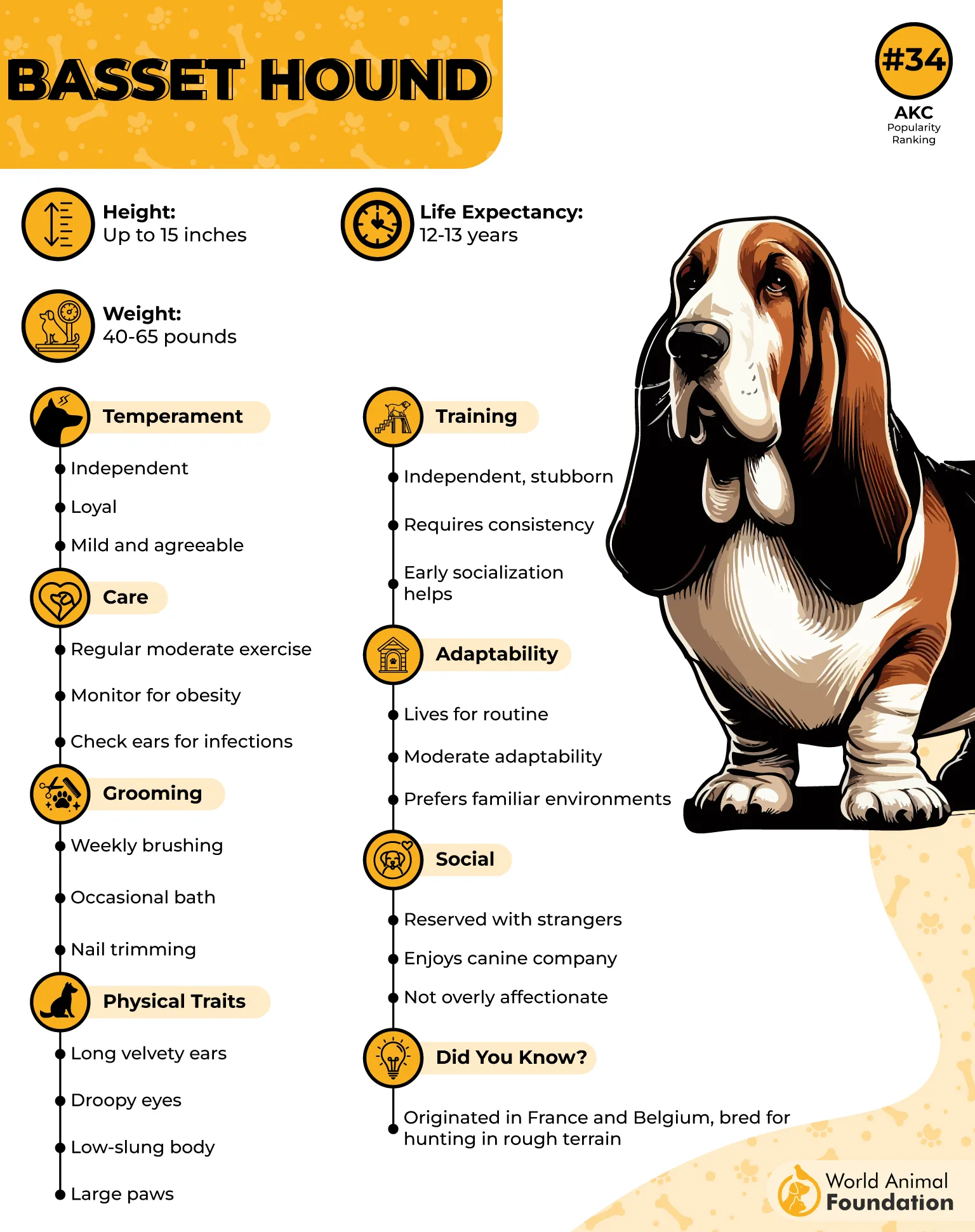
Another cool thing? Basset Hounds are incredibly scent-focused. Put them in a group setting, and they’ll often bond with other scent-driven dogs over a good sniff session. It’s like their version of small talk—sniffing out trails side-by-side and sharing discoveries without conflict.
Unlike more excitable breeds, Bassets won’t overwhelm other dogs. They’re steady, predictable, and surprisingly tolerant—even with pushy pups. If a younger dog is bouncing all over them, most Bassets will just plop down and let it happen. It’s hard to ruffle their long, floppy feathers.
Fun fact? Basset Hounds have the second-best sense of smell in the dog world, only beaten by the Bloodhound. So if two dogs are scent tracking in the yar,d and one’s a Basset? Odds are, everyone’s following their nose. Pretty cool, right?
6. English Foxhound

If there were a trophy for “most team-oriented dog,” the English Foxhound would be right at the top. These dogs were literally bred to live, run, and work in large packs, which means playing well with others isn’t optional—it’s built into their DNA.
Their whole temperament is shaped by cooperation. In a foxhunting pack, there’s no room for solo divas or lone wolves, so English Foxhounds evolved to be naturally tolerant, highly social, and incredibly accepting of their canine peers, says WebMD. Think of them as the ultimate team players.

Their sense of group rhythm makes them stand out amongst other dogs. They’re excellent at syncing up with the pace and mood of the other dogs around them. Whether it’s sprinting through trails or lounging in the yard, Foxhounds tend to mirror the group without trying to take over.
These dogs also thrive on structure. A well-organized, routine-filled environment makes them shine—and when they’re in groups, they tend to create structure within the group. You’ll often see them help stabilize a pack by following predictable social patterns that other dogs pick up on.
They’ve also got this wonderfully polite playstyle—active, but not aggressive dogs; curious, but not pushy. You won’t see them bulldozing through playgroups or hogging the attention. They know how to take turns and play fair, which keeps things running smoothly in multi-dog homes or parks.
Fun fact? English Foxhounds are known for their “musical bay”—a deep, harmonious howl that’s often echoed by the entire pack. In the dog world, it’s practically a group sing-along. So, got a house full of vocal pups? The Foxhound will probably lead the chorus.
7. Whippet

Whippets are like the introverts of the dog world… but the cool, socially graceful kind. They’re not loud or pushy, and that low-key demeanor makes them surprisingly easy to pair with other dogs. No drama, no dominance—just peaceful coexistence with a side of zoomies.
Despite being built for speed, they’re gentle when it comes to social interactions, states PDSA. Whippets are incredibly aware of their space and others’. If another dog needs room, they’ll back off. If the vibe is playful, they’ll join in with elegant ease. It’s like they have built-in social radar.
Whippets also don’t get overly attached to hierarchy. They’re not trying to climb any “alpha” ladder or claim top spot in the pack. That neutrality keeps the peace, especially in households with multiple dogs trying to figure out their place.
One thing dog lovers notice quickly? Whippets match energy. Got a lazy couch potato dog? They’ll snooze right alongside. Got a buddy who wants to chase butterflies in the yard? Boom—they’re off like a flash. That adaptability makes them great companions for a range of temperaments.
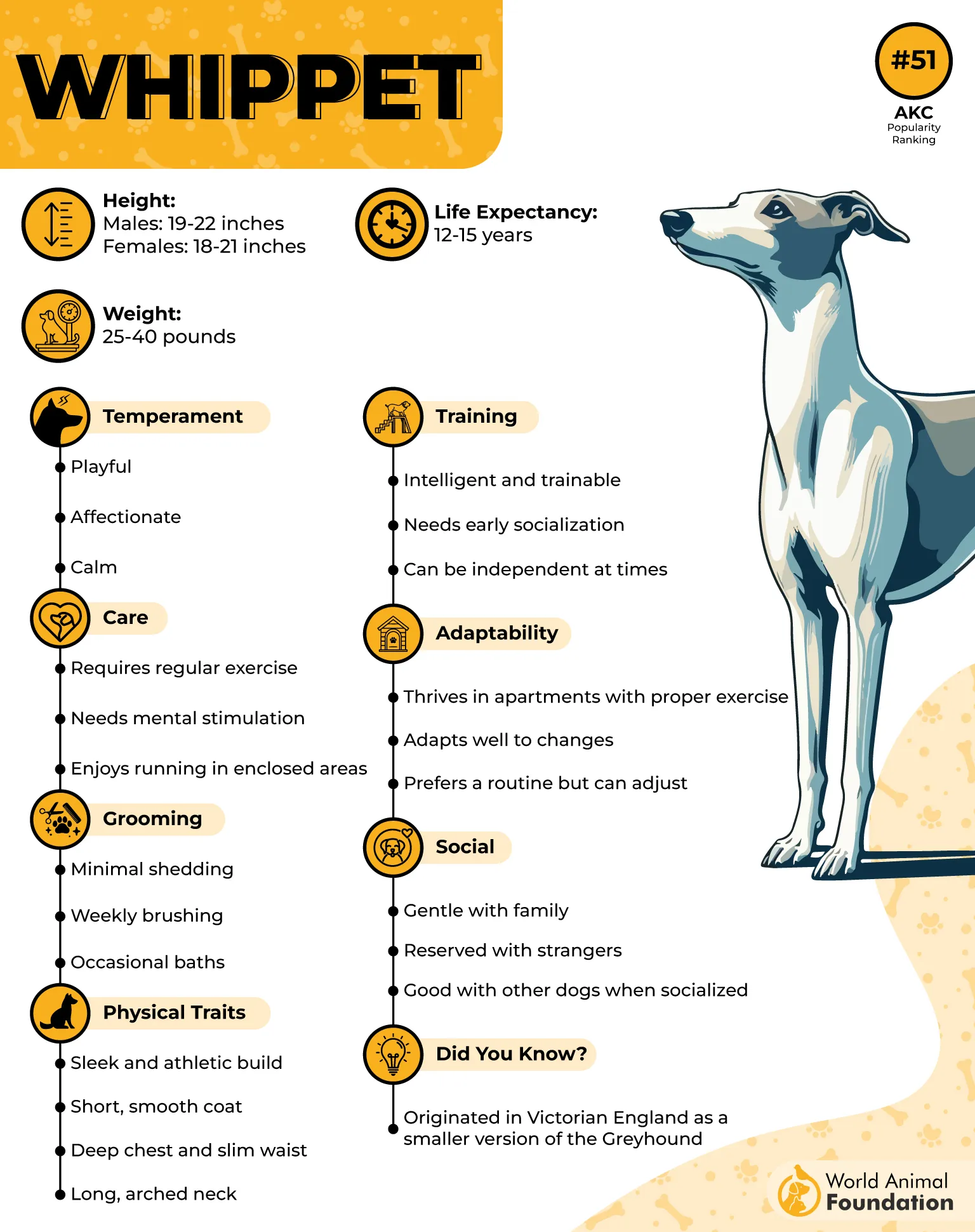
Unlike some breeds that play rough, Whippets tend to keep things elegant. Their idea of fun? A sprint around the yard, a gentle tag, and a swift return to lounging. They’re not wrestlers—they’re racers. And that graceful playstyle often puts other dogs at ease. Also, they’re not vocal dogs, which really helps when you’re dealing with a mixed dog household.
Fun fact? Whippets are sometimes called “Velcro dogs” because they love to cuddle with humans and dogs. They’re the type to curl up with a fellow pup like a heating pad. It’s not just about being friendly—it’s about genuine affection and warmth.
8. Vizsla

Vizslas don’t just tolerate other dogs—they bond deeply, almost like they’re forming a siblinghood. These pups crave companionship, and while they’re famous for sticking close to their humans, they’re just as eager to build strong connections with their canine buddies.
What makes them especially good in multi-dog households is their emotional transparency. Vizslas wear their hearts on their (adorably floppy) sleeves. They’re easy to read, which helps other dogs trust them quickly—no mixed signals, no weird vibes. Just honest, open dog energy.
AKC states that they’re also incredibly playful but with a thoughtful twist. Vizslas have a knack for adjusting their play style based on their playmate’s personality. Got a tiny, shy pup? The Vizsla will go gentle. Got a rowdy retriever? They’ll turn up the energy without going overboard. That’s social intelligence right there.
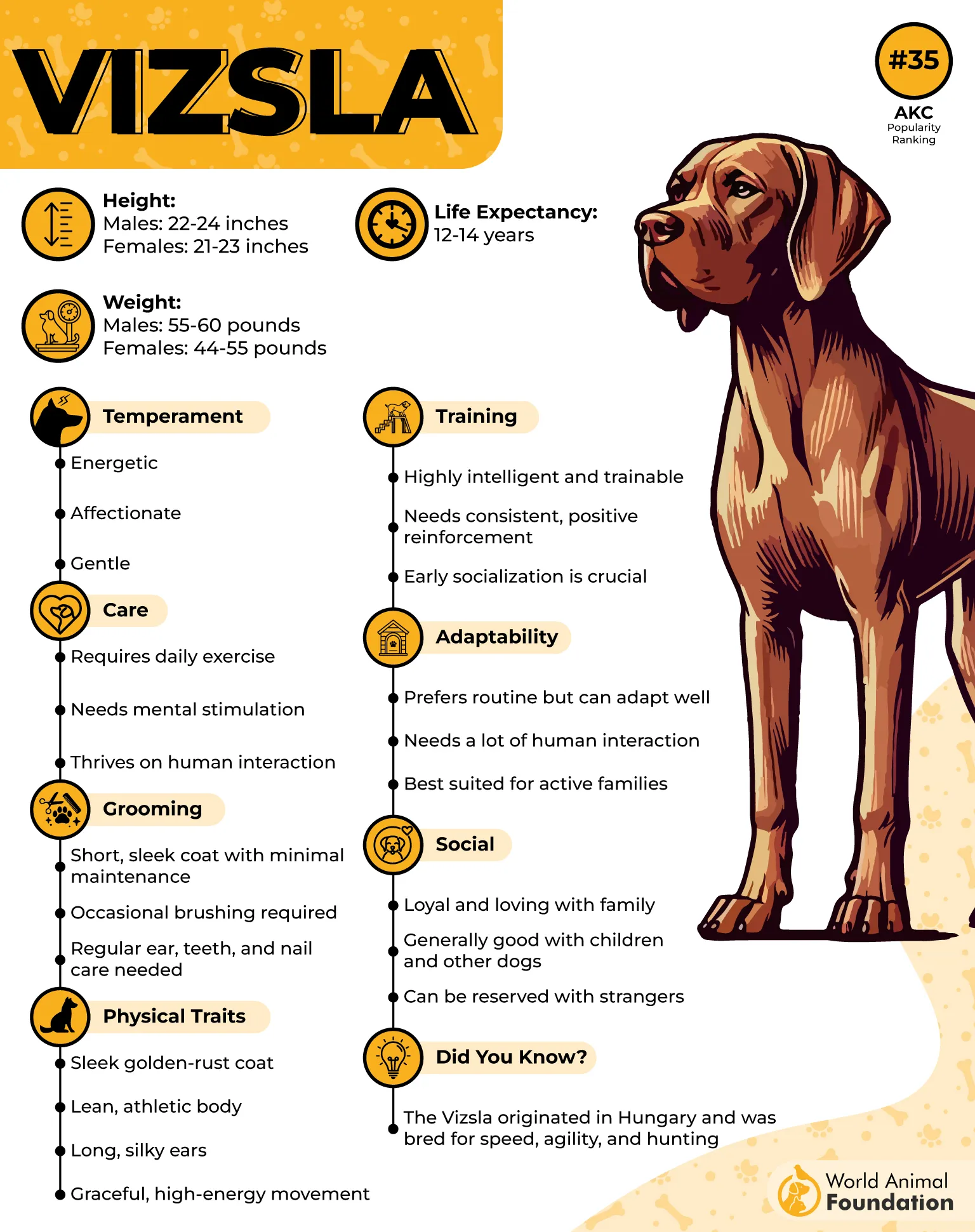
Another thing that sets them apart? Their stamina. These smart and intelligent dogs love physical activity and can go all day, which makes them ideal companions for other high-energy dogs. Long hikes, running in packs, beach days—you name it, they’re in. And guess what? They don’t get competitive about it. They just want everyone to have fun.
Their sensitivity also plays a big role. Vizslas aren’t fans of tension, so they tend to steer clear of dogs that seem aggressive or anxious. Instead, they flock toward harmony, often becoming the “social glue” that keeps the peace in a mixed group.
Fun fact? In Hungary, Vizslas were originally bred to hunt alongside falcons and dogs, meaning they’ve got centuries of cooperative teamwork wired into them. They’re not just used to working with others—they excel at it.
9. Pug
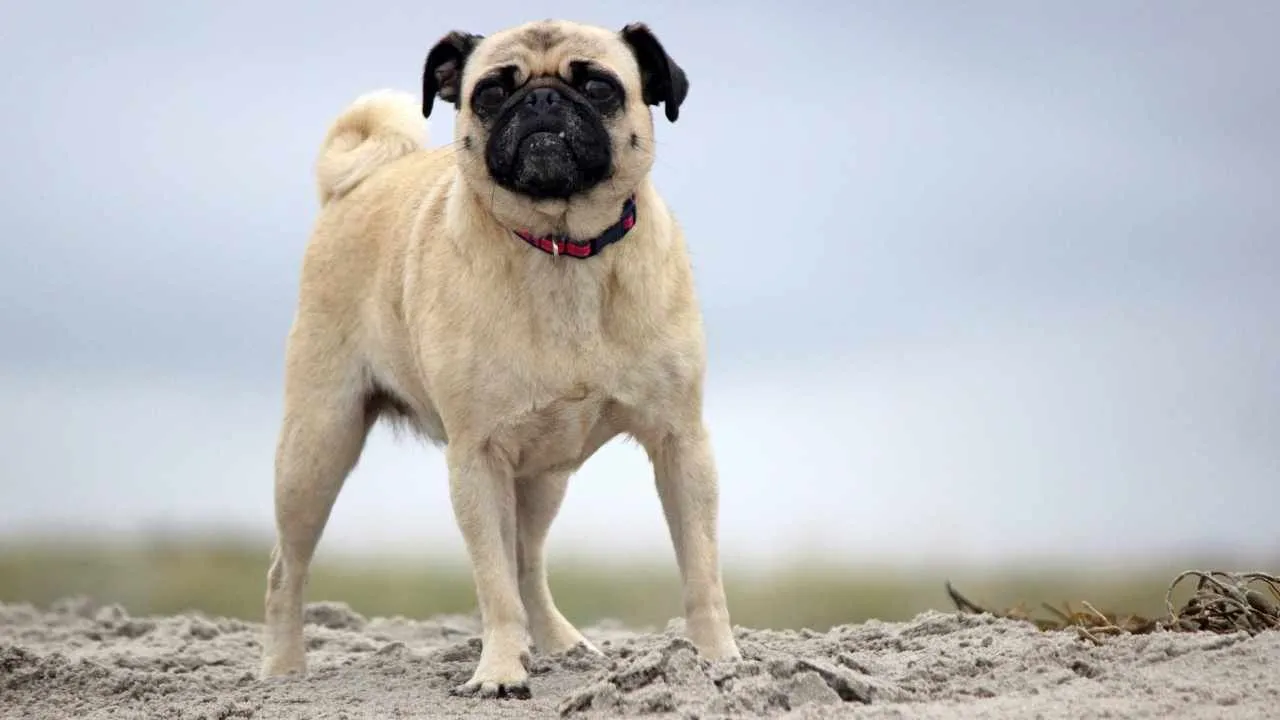
Pugs are like that one friend who makes everyone laugh and somehow fits into any crowd. Their goofy charm, squishy face, and non-threatening vibe make them instant hits with dogs of all shapes and sizes. Honestly, who could be mad at a Pug?
They’re naturally non-confrontational. Pugs don’t care about being top dog or starting squabbles—they just want to have a good time. That laid-back attitude makes them perfect for multi-dog households where things can get tense if personalities clash.
Their small size helps too. Pugs are compact enough not to intimidate anyone, but sturdy enough to hold their own in playgroups. They’re like tiny tanks with the attitude of a happy clown—bouncy, funny, and always ready to entertain the pack.
And when it comes to play, they’re the kings of silly. Whether they’re doing zoomies in the living room or play-bowing with a giant Labrador, Pugs bring playful energy without the chaos. They don’t take things too seriously, and other dogs pick up on that relaxed vibe.
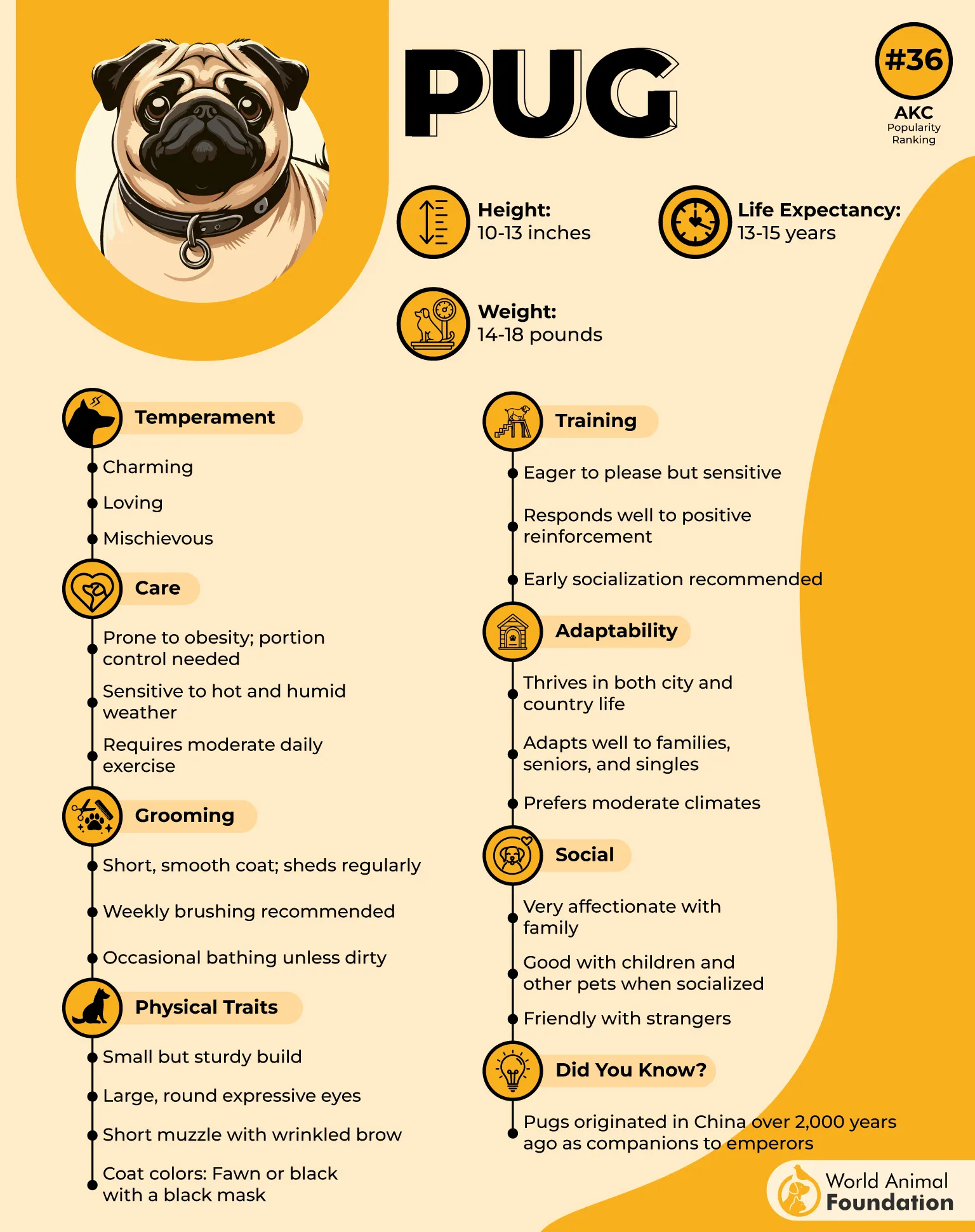
Interestingly, Pugs live to please their people and are also empathetic, says AKC. While they seem like little jokers, they’re quite in tune with their housemates. If another dog is nervous or not feeling well, the Pug will usually chill out and snuggle up, offering quiet company rather than wild antics. They’re also low-maintenance when it comes to space and energy needs. This means they can live harmoniously with high-energy or lazy dogs alike.
Fun fact? Pugs were bred as royal lap dogs in ancient China and later adored by European nobility. So yeah, they’ve spent centuries being loved in groups—by people and pups. No wonder they’re total social naturals.
Conclusion
When it comes to dog breeds that are excellent with other dogs, a few stand out for their affectionate nature, calm demeanor, and natural desire for companionship. Whether you’re adding a second pup to your home or already have two dogs playing in the yard, choosing a friendly dog breed like the Golden Retriever, Labrador Retrievers, or Cavalier King Charles Spaniel can make a world of difference. These breeds are known for getting along well with different dogs, cats, and even rabbits or birds.
Social breeds typically thrive on human interaction, consistent exercise, and early socialization. A well-trained puppy that’s exposed to a variety of environments, other dogs, and different breeds will grow up to be a confident, sociable pup. Even rescue dogs, when given time and support, can learn to feel safe, respond to positive reinforcement, and form bonds not just with humans but with other pets as well. Whether it’s a playful dog like the Pug or a more sensitive soul like a Poodle, understanding each dog’s temperament, reading their body language, and offering plenty of human company and gentle guidance can help any pooch make a new best friend.
So if you’re looking to expand your furry family, consider a dog breed that’s naturally inclined to get along well with others. Dogs that thrive in groups will enjoy walks, play, and simply lounging beside another dog, just happy to have a friend for life. With the right approach to training, regular vet visits, and a focus on emotional well-being, you’ll set your dog up to enjoy their entire life with company, not conflict. After all, in the dog world, companionship isn’t just a perk—it’s a way of life.


